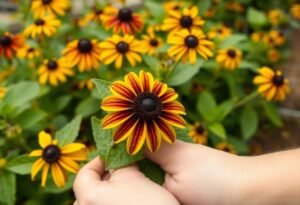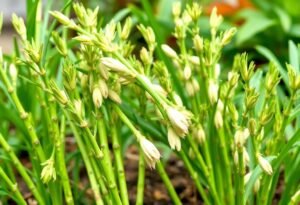Why Does Oleander Need Overwintering?
It’s essential to understand that oleander is a plant native to warm regions, where winter temperatures are much higher than those found in the United States. Cold temperatures can lead to various issues, including root rot and leaf drop. Hence, overwintering oleander is crucial to creating optimal conditions for growth. Keeping oleander warm during winter ensures a healthy bloom come spring, preserving those stunning flower colors.
Ideal Winter Conditions for Oleander
Overwintering oleander begins with understanding its needs. This plant thrives in warmth, requiring temperatures between 40°F and 60°F during winter. It’s equally important to provide sufficient light, so placing your oleander near a sunny window or a bright room is recommended. Also, overwintering oleander involves moderate watering; you’ll want to avoid oversaturating the soil during the colder months.
Preparing Oleander for Winter
Before bringing your oleander indoors, it’s vital to prepare it properly. Start a few weeks before winter fully sets in by removing dead flowers and leaves to improve air circulation. It’s also a good idea to prune the plant to limit its growth during winter. Remember to use clean cutting tools to avoid introducing diseases. Overwintering oleander may also involve repotting if your plant has outgrown its current container.
Ensuring Proper Airflow During Winter
Winter can be tough on oleanders, making good airflow essential. While oleander dislikes the cold, fresh air is crucial to prevent fungal diseases. Aim to ventilate the area lightly for a few minutes daily, ensuring outdoor temperatures aren’t too low. Keep in mind that overwintering oleander in a stuffy room can have detrimental effects on the plant’s health.
Watering Oleander in Winter
When it comes to watering oleander in winter, moderation is key. During its dormant season, oleander doesn’t require much water. Just keep the soil slightly moist, ensuring it doesn’t become waterlogged. Watch the leaves for signs of wilting, which might indicate that your oleander needs more hydration. Overwintering oleander requires you to stay vigilant to any changes in the plant’s condition.
Winter Pests and Diseases
Overwintering oleander is also a time when it may face various diseases and pests that threaten its health. Regularly check the leaves and stems for any signs of unwanted visitors. If you notice any symptoms of disease, act quickly using appropriate treatments. A healthy oleander throughout the year brings joy and aesthetics to your garden. With overwintering oleander focused on the plant’s well-being, you can prevent many issues.
Spring Awakening Plan for Oleander
As spring approaches, it’s time to think about transitioning your oleander outdoors. Gradually acclimatizing it to outside conditions is essential. Start by placing the plant outside for a few hours a day, slowly increasing exposure over time. Ultimately, once the frost has passed, you can move oleander outside entirely. Remember, a well-cared-for oleander will produce beautiful flowers that will amaze everyone. Overwintering oleander in style will help make your garden burst with life come spring.
Conclusion
Proper overwintering oleander is the key to success in maintaining this beautiful plant in excellent condition throughout the cold months. Keep all tips regarding temperature, light, and watering in mind. Your dedication will undoubtedly reward you with a stunning oleander during the summer season. Take action today and enjoy your oleander blooming in your garden!
Disclaimer
This article is for informational purposes only and does not replace professional gardening advice. Always consult an expert before making changes to your outdoor landscaping.

















